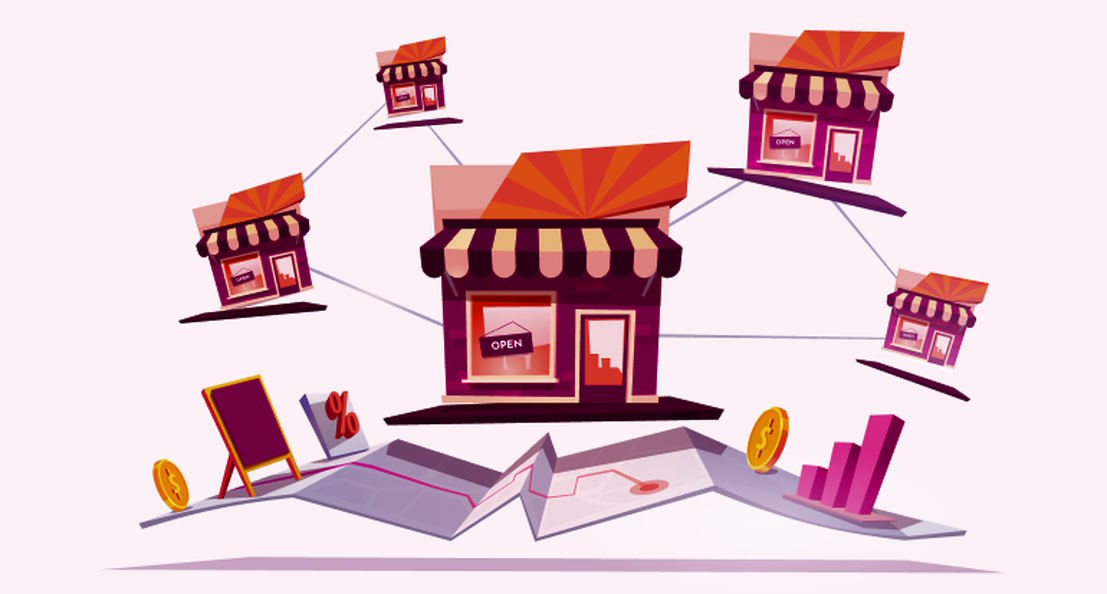Pricing is a critical aspect of running a successful restaurant, as it directly impacts profitability. Crafting an effective pricing strategy for your restaurant menu is essential to maximize revenue while maintaining customer satisfaction. However, with various factors to consider, such as costs, competition, customer perception, and market trends, it can be challenging to determine the right pricing approach. We will explore effective pricing strategies for your restaurant menu, including costing and profit margins, market research and competitive analysis, pricing strategies for menu items, menu engineering, specials, promotions, and discounts, as well as monitoring and adjusting pricing strategies. By understanding and implementing these strategies, you can make informed pricing decisions that can help boost your restaurant’s profitability and success.
Pricing Strategies for Menu Items
- Cost-Plus Pricing: This strategy involves calculating the cost of producing a menu item and adding a predetermined markup to determine its selling price. The markup can be a percentage or a fixed amount. One of the advantages of cost-plus pricing is that it ensures you cover your costs and generate a profit. However, it may not take into account market demand or competition, and it may not maximize profit margins.
To implement cost-plus pricing, calculate the total cost of ingredients, labor, and overhead for each menu item, and add a desired profit margin based on your restaurant’s financial goals.
- Value-Based Pricing: This strategy involves pricing menu items based on the perceived value they offer to customers. The price is determined by the perceived quality, uniqueness, and benefits of the dish. Value-based pricing allows you to capture the willingness of customers to pay based on their perception of value. It can result in higher profit margins and customer satisfaction.
To implement value-based pricing, understand your target customers, analyze the perceived value of each menu item, and set prices accordingly. Highlight unique features, premium ingredients, or special preparation methods to enhance perceived value.
- Psychological Pricing: This strategy leverages the psychological factors that influence customers’ perception of prices. For example, setting a price at $9.99 instead of $10.00 creates an impression of a lower price, even though the difference is minimal. Other tactics include using odd or rounded numbers, tiered pricing, or bundle deals.

To implement psychological pricing, use pricing cues that influence customers’ perception, such as odd numbers, tiered pricing for different portion sizes, or creating combo meals with bundled pricing.
- Understanding Price Elasticity: Price elasticity refers to the sensitivity of customer demand to changes in price. Understanding price elasticity can help you determine how much you can adjust your menu prices without significantly affecting demand. For example, if your menu item is highly price-sensitive, a small price increase may result in a significant decrease in demand, and vice versa.
Consider the price elasticity of each menu item when implementing pricing strategies. Conduct market research or analyze past sales data to determine the price sensitivity of your customers, and adjust prices accordingly to optimize revenue.
Specials, Promotions, and Discounts
Specials, promotions, and discounts can play a significant role in your restaurant’s pricing strategies. These strategies can help attract customers, increase sales, and create a sense of urgency to purchase. However, it’s important to use them strategically to ensure they positively impact your restaurant’s profitability.
- Happy Hour Discounts: Happy hour discounts are a popular promotional pricing strategy used by many restaurants. Offering discounted prices during specific hours of the day can attract customers during slower times and encourage them to try new menu items. For example, offering discounted drinks or appetizers during weekdays can entice customers to visit your restaurant during off-peak hours.
- Limited-Time Offers: Limited-time offers create a sense of urgency and encourage customers to make a purchase sooner rather than later. For example, offering a seasonal menu item for a limited time can generate excitement and motivate customers to try it before it’s gone. Limited-time offers can also help you test new menu items or promote slow-selling items.
- Bundle Deals: Bundle deals combine multiple menu items or services at a discounted price, creating perceived value for customers. For example, offering a “meal deal” that includes an entrée, side, and beverage at a discounted price can encourage customers to order more items and increase the average transaction value.
When implementing specials, promotions, and discounts, it’s important to carefully consider their impact on profitability. Discounts may reduce profit margins, so it’s crucial to calculate the costs and determine if the increased sales volume justifies the discount. Additionally, avoid overusing discounts, as customers may become accustomed to discounted prices and be less willing to pay full price in the future.

Monitoring and Adjusting Pricing Strategies
Regularly monitoring and adjusting pricing strategies is crucial for restaurant owners to optimize menu pricing for profitability. Pricing is not a one-time decision, but an ongoing process that requires constant evaluation and adjustment to align with market dynamics and customer preferences. Here’s why monitoring and adjusting pricing strategies are essential for your restaurant’s success.
- Importance of Data Analysis: Data analysis plays a crucial role in evaluating the effectiveness of pricing strategies. By analyzing sales data, customer feedback, and market trends, you can gain insights into how your pricing strategies are performing. Data can reveal which menu items are selling well, which ones are not, and if the current pricing is generating the desired profit margins. This information allows you to make data-driven decisions and optimize your pricing strategies accordingly.
- Tips for Data-Driven Decision Making: To make informed pricing decisions, it’s important to collect and analyze relevant data. Here are some tips for utilizing data to optimize menu pricing:
- Track sales data: Regularly review sales data to identify top-selling items, slow-selling items, and trends in customer preferences. This data can guide you in adjusting prices based on demand and profitability.
- Monitor competition: Keep an eye on your competitors’ pricing strategies to ensure your prices are competitive. Analyze their menu offerings, promotions, and discounts to stay informed and adjust your pricing accordingly.
- Listen to customer feedback: Collect and analyze customer feedback on pricing to understand their perception of value and willingness to pay. This can help you make informed decisions on pricing adjustments.
- Conduct market research: Stay updated on market trends, economic factors, and industry benchmarks to determine if your pricing is aligned with the market dynamics.
- Adjusting Pricing Strategies: Based on the data analysis and insights gathered, adjust your pricing strategies to optimize profitability. This may involve increasing or decreasing prices, introducing new pricing tiers, or revamping your menu offerings. Be mindful of the potential impact on customer perception, competition, and profitability when making pricing adjustments.





